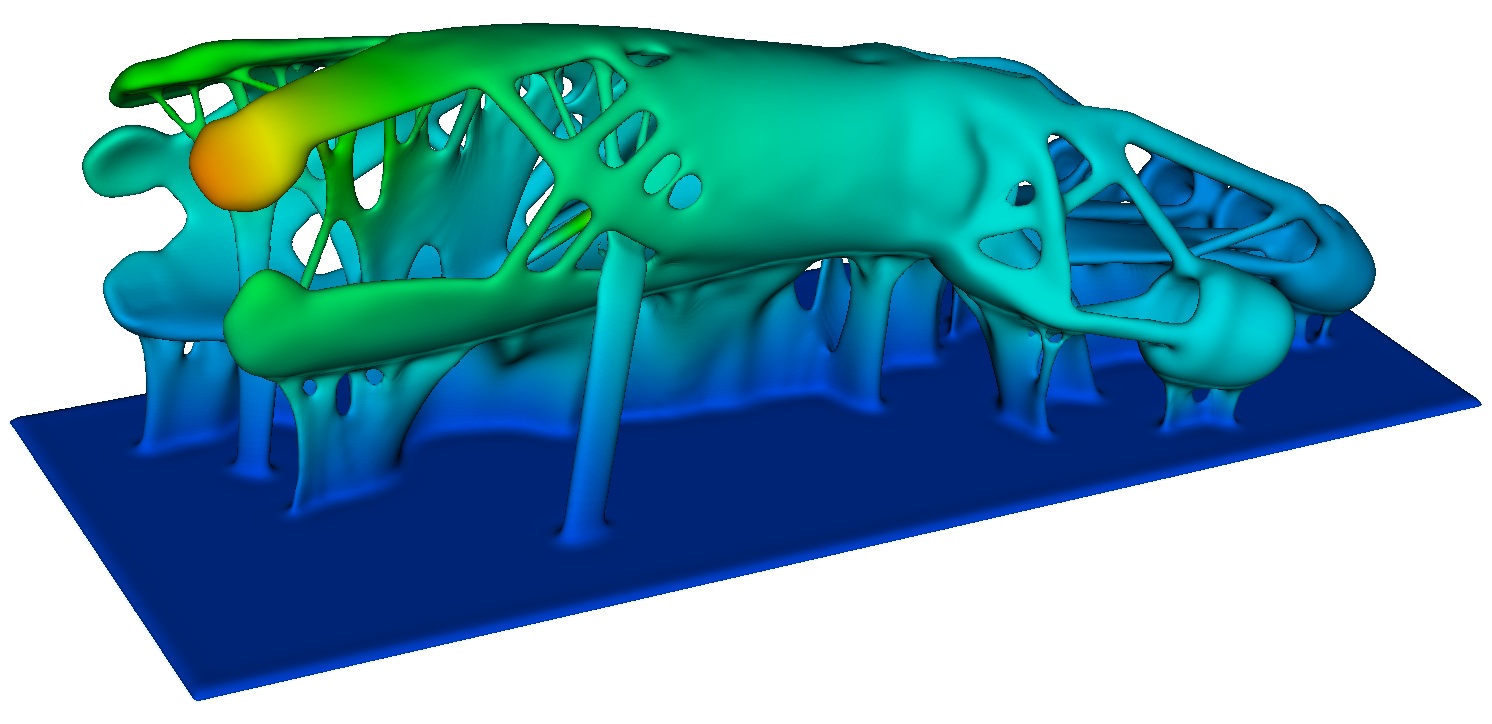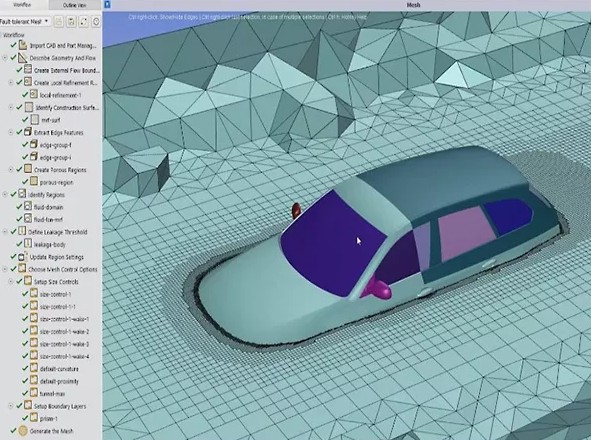Introduction
As the demand across the globe for sustainable energy solutions grows at breakneck speed, the energy industry faces mounting pressure to innovate. Companies must navigate the complex challenge of reducing their carbon footprint while maintaining operational efficiency and meeting increasing energy demands.
For instance, the electricity demand driven by AI computing alone is projected to increase from 8 terawatt-hours in 2024 to 652 terawatt-hours by 2030. For context 1 terawatt-hour can power almost 100,000 U.S. homes for an entire year!
Fortunately, advances in computer simulation technology have proven time and again to provide a powerful means to address challenges in the energy sector, empowering companies to design, test, and implement sustainable energy solutions efficiently and cost-effectively across virtually all aspects of their business.

The Role of Engineering Simulations in Sustainable Energy Solutions
Computer simulations have revolutionized the way energy systems are designed and optimized. By creating virtual prototypes, engineers can model various forms of real-world conditions, testing the limits and evaluating the performance of systems before physical implementation. This approach not only reduces energy consumption at the source, but it also accelerates the development of innovative energy technologies for mass adoption. For example, simulations enable precise modeling of renewable energy systems, such as solar arrays and wind turbines, ensuring they perform efficiently in various environmental conditions.
Simulations also play a critical role in identifying and mitigating inefficiencies. Through advanced modeling, energy producers can optimize grid performance, streamline energy storage systems, and explore alternative fuels, all while minimizing (or virtually eliminating) their individual environmental impacts.
Addressing Energy Industry Challenges with Simulation Technology
On top of the mounting pressure from all corners of the globe to move – as a society – to clean energy before it’s too late, the energy industry faces many critical challenges, including seamlessly integrating renewable energy sources and their outputs, improving and maintaining grid stability, and, most critically, reducing greenhouse gas emissions before the next “climate tipping point” occurs. Simulation technology offers a unique ability to model complex scenarios, such as the unpredictable nature of energy demands combined with the variability of renewable energy generation. These models provide valuable insights that guide data-driven decision-making within the energy sector, helping companies develop systems that are both reliable and sustainable, while also maintaining balance between affordability and efficiency.
For instance, simulations can assess the feasibility of hybrid energy systems that combine renewables with traditional energy sources. By predicting performance outcomes under different conditions, energy providers can design systems that ensure uninterrupted power while maximizing the use of clean energy.
Real-World Applications and Success Stories
Most leading organizations have already leveraged simulation technology in one instance or another to advance their energy sustainability efforts:
- Wärtsilä Energy: By utilizing Ansys simulation tools, Wärtsilä optimized its energy systems to support its transition to a more sustainable future, particularly in integrated energy storage systems. Through virtual testing, the company identified ways to increase energy storage, enhance efficiency and reduce emissions, contributing significantly to global sustainability goals.
- Customer Success Stories from Ansys: In a recent interview by Climate Action, a London-based independent organization that connects businesses, policymakers, and investors to accelerate sustainable development and climate solutions worldwide, Pepi Maksimovic, a sustainability leader at Ansys, highlighted how simulations help customers innovate. From optimizing renewable energy systems to designing environmentally friendly products, Ansys tools help companies every day to achieve measurable sustainability outcomes.
- Industry Innovations: Across the sector, simulations are driving advancements in energy storage, grid management, and renewable technology integration. These efforts showcase the transformative potential of digital engineering in tackling the energy industry’s sustainability innovation initiatives.
The Broader Impact of Simulation Technology in Global Sustainable Energy
Beyond individual success stories, simulation technology is enabling the energy industry to align with global sustainability standards and net-zero targets. By reducing reliance on physical prototypes and minimizing trial-and-error testing, simulations decrease material waste and accelerate the deployment of sustainable technologies. Additionally, the scalability of simulation solutions ensures their relevance across diverse energy sectors, from solar and wind to nuclear and hydro.

Conclusion
Engineering simulations are redefining the energy industry’s approach to tackling sustainability challenges. By providing a virtual testing ground for innovation, these tools empower companies to address complex system design problems, optimize operations, and achieve ambitious sustainability goals.
Achieve Your Sustainable Energy Goals Through Simulation
Ready to take the next step? Discover how SimuTech Group’s simulation consulting services can help your organization design and implement sustainable energy solutions. Contact us today to consult with a simulation expert.





